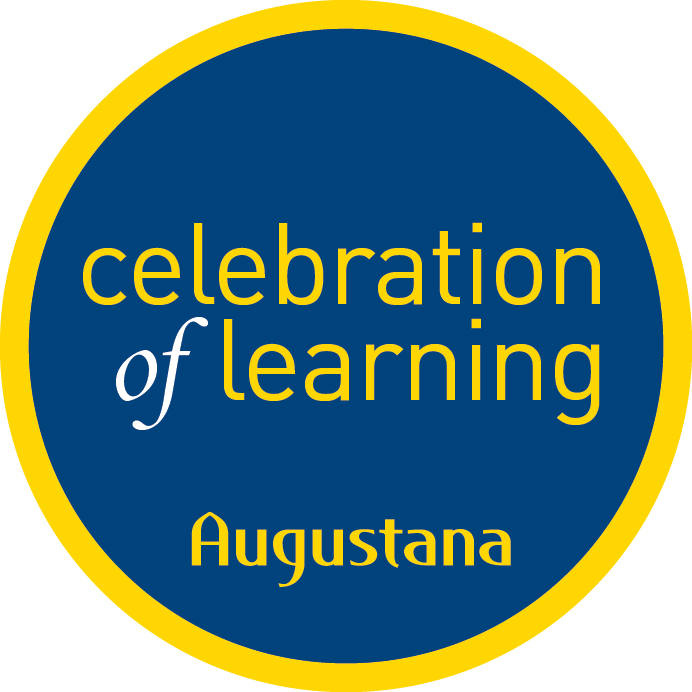Project Advisor(s) (Students Only)
Dr. Adam Kaul, Dr. Carrie Hough
Presentation Type (All Applicants)
Oral Presentation
Disciplines (All Applicants)
Anthropology | Social and Cultural Anthropology
Description, Abstract, or Artist's Statement
In this paper I address the idea of a changing cultural identity among the Polish communities in Ireland. Though quantitative demographic data as well as qualitative data before 2008 exists, there is little written about how the Polish population exist today, years after Ireland's economic downturn. The research presented in this paper offers a look into contemporary Ireland through the eyes of current Polish immigrants. During the summer of 2017, I spent three and a half weeks conducting ethnographic fieldwork in Dublin and Cork through the use of interviewing and participant observation. From living with first generation families, to interviewing the people in charge of Polish organizations, to observing families with inter-generational conflicts, I discovered the complications of what it is like to inhabit two cultures at once. My data suggests that there is a spectrum of assimilation techniques that is dependent on the individual's cultural involvement: from feeling fully Polish and treating Ireland like just a place to work to feeling fully cosmopolitan and treating Ireland like a trampoline to the "rest of the West", a colorful range of multicultural identity presented itself that both answered and questioned the ideas of "Irishness", "Polishness", and what it means to be wholly European in the era of Europeanization and the European Union.
Augustana Digital Commons Citation
Iacoviello, Ella. "“Jedna Noga Tutaj i Jedna Noga Tam”: The Polish Population in Ireland and Identity Formation in an Expanding European Union" (2018). Celebration of Learning.
https://digitalcommons.augustana.edu/celebrationoflearning/2018/presentations/12
Creative Commons License

This work is licensed under a Creative Commons Attribution 4.0 International License.
“Jedna Noga Tutaj i Jedna Noga Tam”: The Polish Population in Ireland and Identity Formation in an Expanding European Union
In this paper I address the idea of a changing cultural identity among the Polish communities in Ireland. Though quantitative demographic data as well as qualitative data before 2008 exists, there is little written about how the Polish population exist today, years after Ireland's economic downturn. The research presented in this paper offers a look into contemporary Ireland through the eyes of current Polish immigrants. During the summer of 2017, I spent three and a half weeks conducting ethnographic fieldwork in Dublin and Cork through the use of interviewing and participant observation. From living with first generation families, to interviewing the people in charge of Polish organizations, to observing families with inter-generational conflicts, I discovered the complications of what it is like to inhabit two cultures at once. My data suggests that there is a spectrum of assimilation techniques that is dependent on the individual's cultural involvement: from feeling fully Polish and treating Ireland like just a place to work to feeling fully cosmopolitan and treating Ireland like a trampoline to the "rest of the West", a colorful range of multicultural identity presented itself that both answered and questioned the ideas of "Irishness", "Polishness", and what it means to be wholly European in the era of Europeanization and the European Union.

Comments
My work is a senior inquiry project.